
|
Roe Deer
|
||
|
Taken at Baron's Haugh on 22nd February 2023 using Nikon D500 with Sigma 600 mm zoom lens. |

|
|
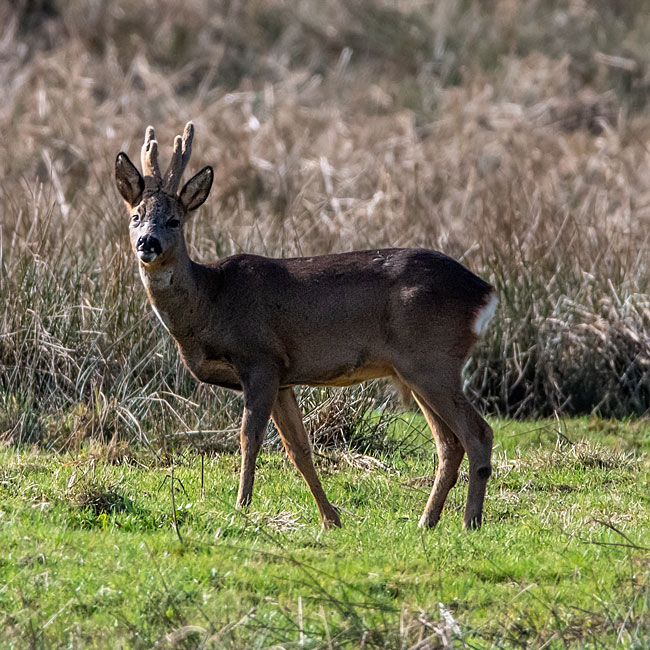
|
Taken at Hogganfield Loch on 15th May 2019 using Nikon D500 with Sigma 600 mm zoom lens. |
 |
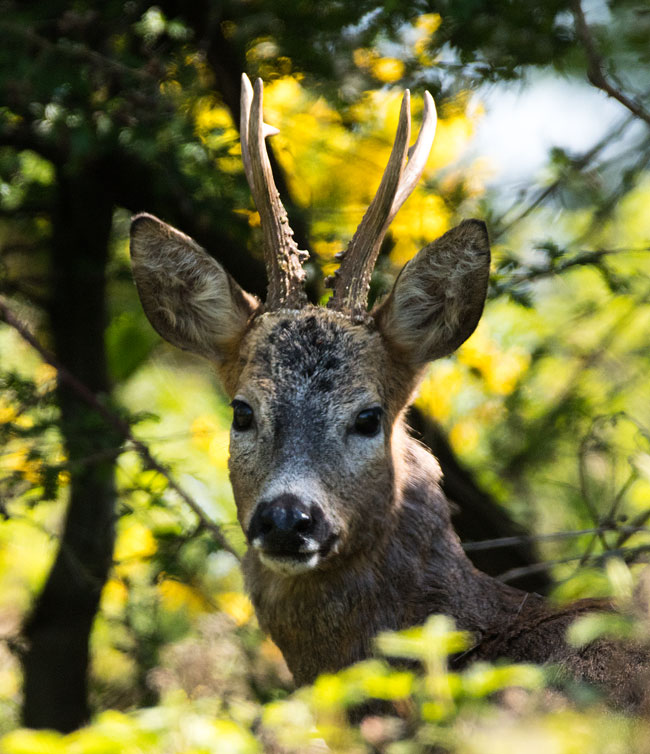
|
Taken at North Connel on 5th August 2016 using Nikon D5200 with Sigma 150-500 mm zoom lens. |
 |
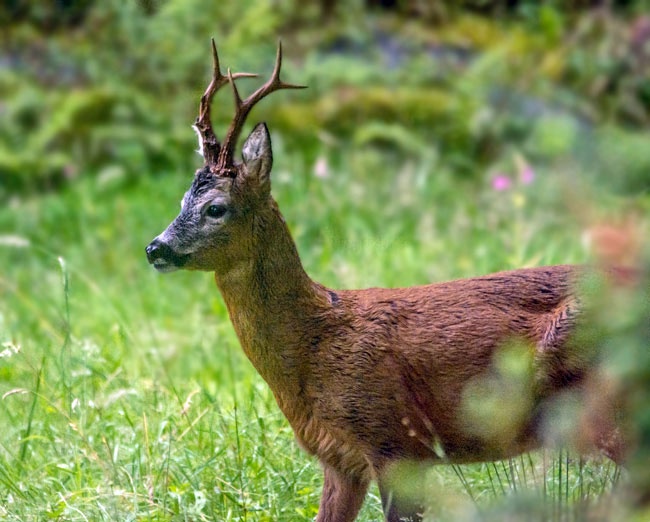
|
Female |
 |
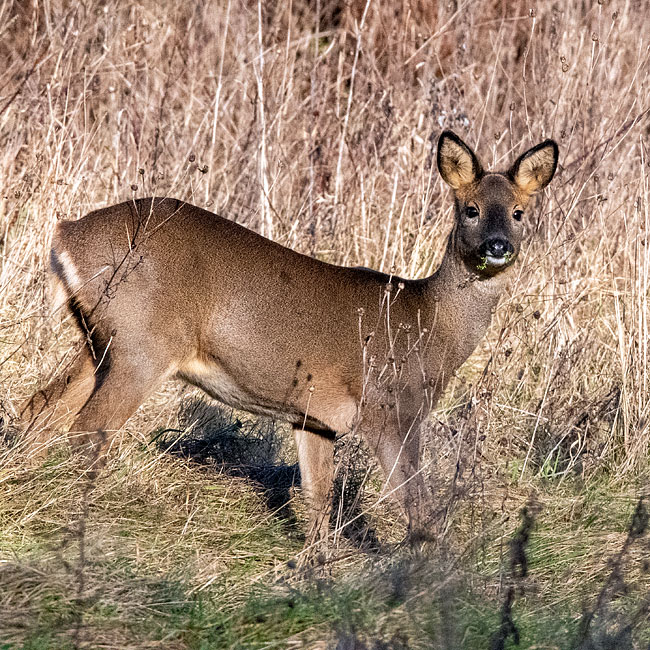
| Taken at Dalzell Estate on 18th March 2022 using Nikon D500 with Sigma 600 mm zoom lens. |  |
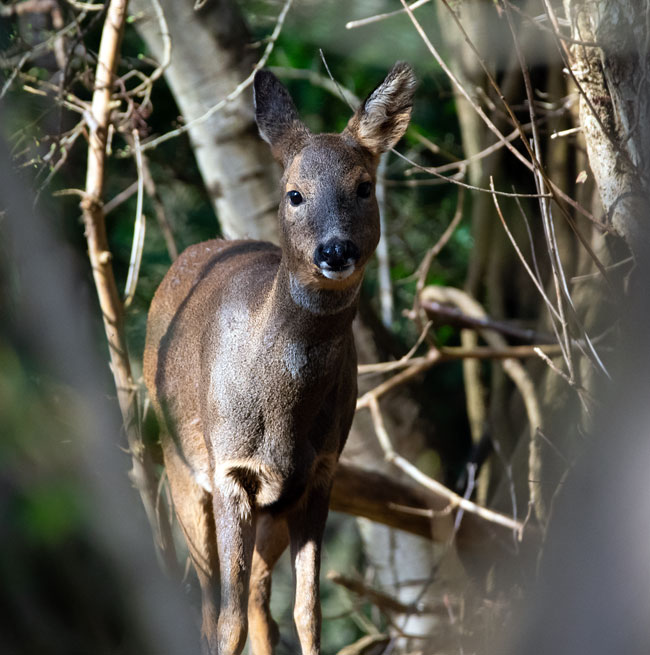
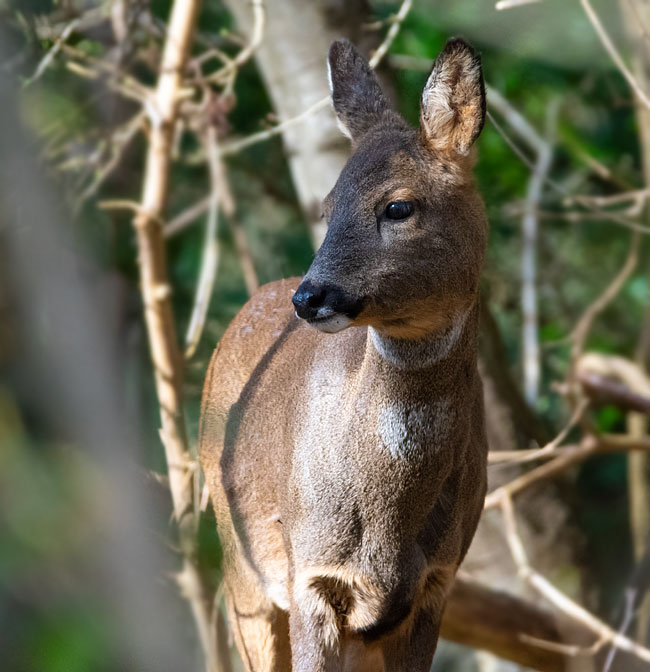
|
Taken at Hogganfield Loch on 31st December 2019 using Nikon D500 with Sigma 600 mm zoom lens. |
 |
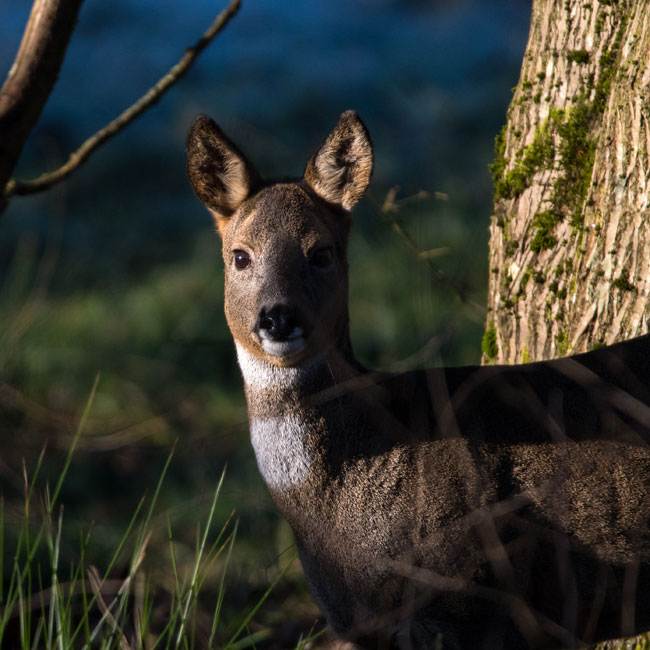
|
Taken at Baron's Haugh on 29th March 2018 using Nikon D5200 with Sigma 600 mm zoom lens. |
 |
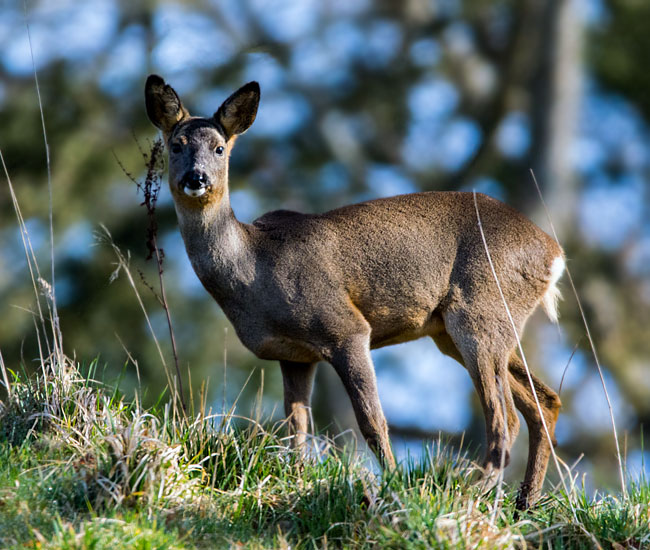
|
Taken at Baron's Haugh on 24th February 2018 using Nikon D5200 with Sigma 600 mm zoom lens. |
 |
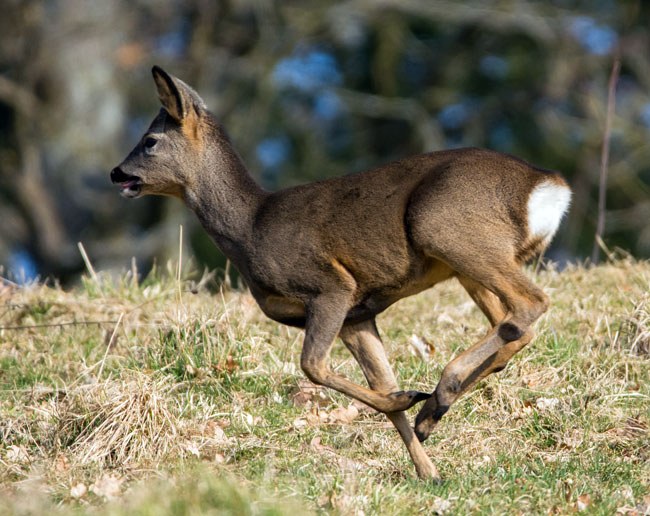
| Juvenile Taken at Baron's Haugh on 31st August 2022 using Nikon D500 with Sigma 600 mm zoom lens. |
 |
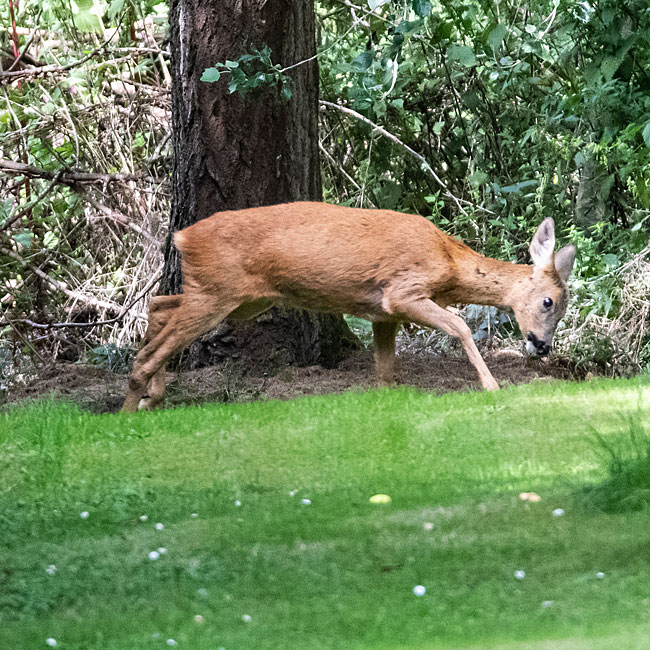
| Kid Taken at Hogganfield Loch on 20th October 2021 using Nikon D500 with Sigma 600 mm zoom lens. |
 |
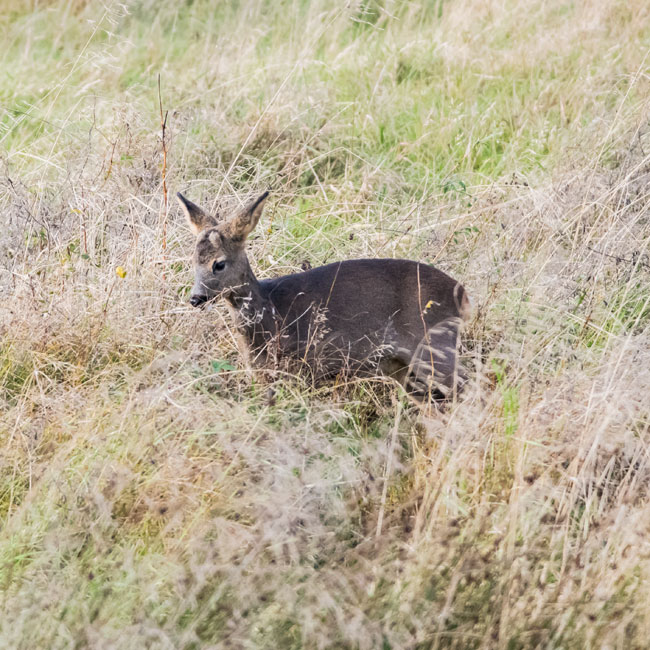
| Spring Moult Taken at Skateraw on 12th May 2024 using Nikon D500 with Sigma 600 mm zoom lens. |
 |

| Roe Deer. |
| Species: Order: Family: Local Names: |
Capreolus capreolus. Artiodactyla. Cervidae. |
| Habitat: Food: Feature: Voice: Rutting Period: Length: |
Lives in woods, although it may venture into grasslands and sparse forests. They feed mainly on grass, leaves, berries, and young shoots. They particularly like very young, tender grass with a high moisture content, i.e., grass that has received rain the day before. Roe deer will not generally venture into a field that has had or has livestock (sheep, cattle) in it because the livestock make the grass unclean. The Roe Deer is territorial, and whilst the territories of a male and a female might overlap, other roe deer of the same sex are excluded unless they are the doe's offspring of that year. Females are sexually receptive only once per year, and after delayed implantation they usually give birth, after a 10-month gestation period, of typically two spotted fawns of opposite sexes. Both the male and the female will ' bark' like a dog when alarmed. The female will ' whine ' to attract a male during the rut. July - August 95 - 131 cms. Shoulder Height: 65 - 75 cms. |